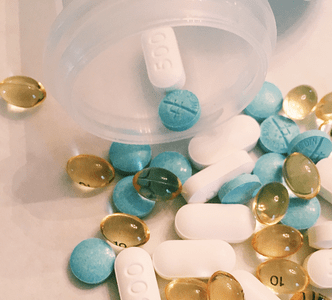Electronic Monitoring Devices for Medication Adherence

Medication Adherence Leads To Lower Health Care Use And Costs - Despite Increased Drug Spending
Researchers have routinely found that improved medication adherence — getting people to take medicine prescribed for them—is associated with greatly reduced total health care use and costs. But previous studies do not provide strong evidence of a causal link. This article employs a more robust methodology to examine the relationship. Our results indicate that although improved medication adherence by people with four chronic vascular diseases increased pharmacy costs, it also produced substantial medical savings as a result of reductions in hospitalization and emergency department use. Our findings indicate that programs to improve medication adherence are worth consideration by insurers, government payers, and patients, as long as intervention costs do not exceed the estimated health care cost savings.Adherence to prescription medications for chronic conditions such as hypertension, diabetes, and high cholesterol continues to be a major driver of improved long-term health outcomes. Devices like e-pill medication reminders and automated pill dispensers make it easier for patients to stay on track, especially those managing multiple medications or dealing with cognitive decline.
Learn more Medication Adherence Leads To Lower Health Care Use And Costs Despite Increased Drug Spending | Value-based Electronic Monitoring Devices are among the least costly alternatives for improving medication adherence, says the study authors (Roebuck, Liberman, Gemmill-Toyama, Brennan / Medication Adherence & Spending / Abstract Medication Adherence Leads To Lower Health Care Use and Costs Despite Increased Drug Spending. Published in HealthAffairs).
Improving patient compliance with prescribed medications not only boosts individual health outcomes but also contributes to significant system-wide cost savings. Digital pill organizers, reminder systems, and smart adherence tools have become vital in supporting aging populations and those with complex medication regimens. Healthcare providers, pharmacists, and caregivers all play a critical role in fostering adherence and preventing costly complications.



